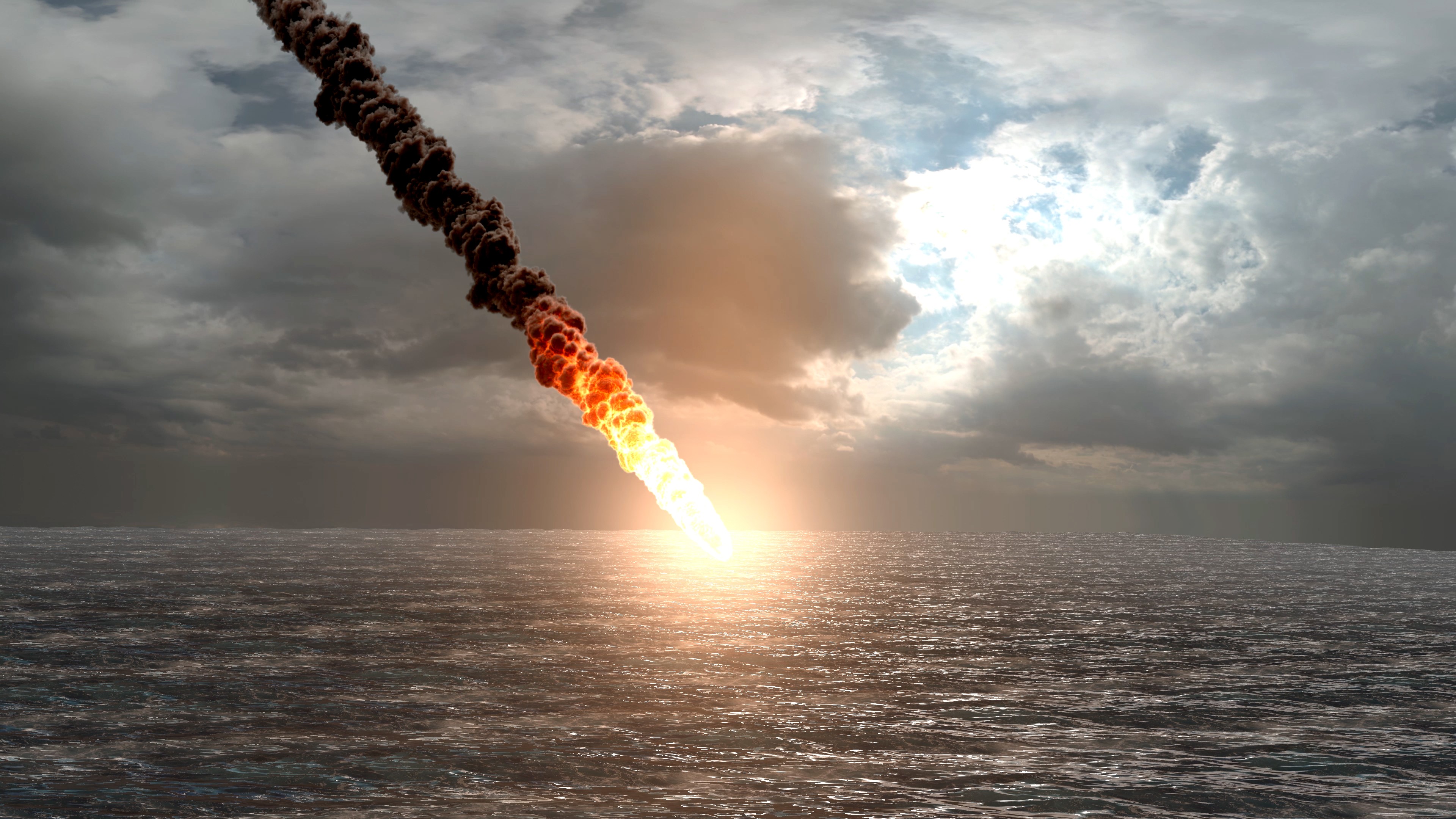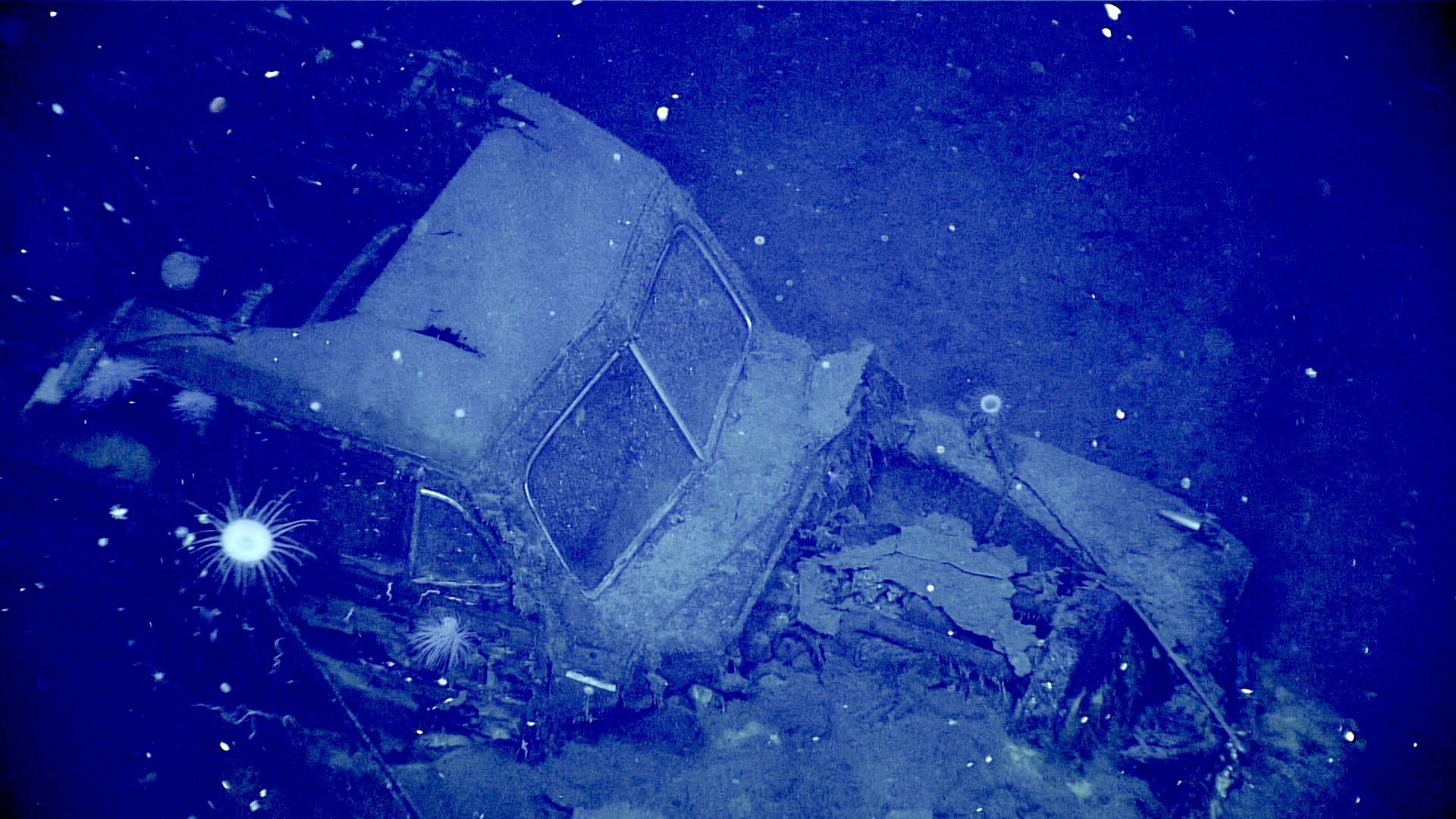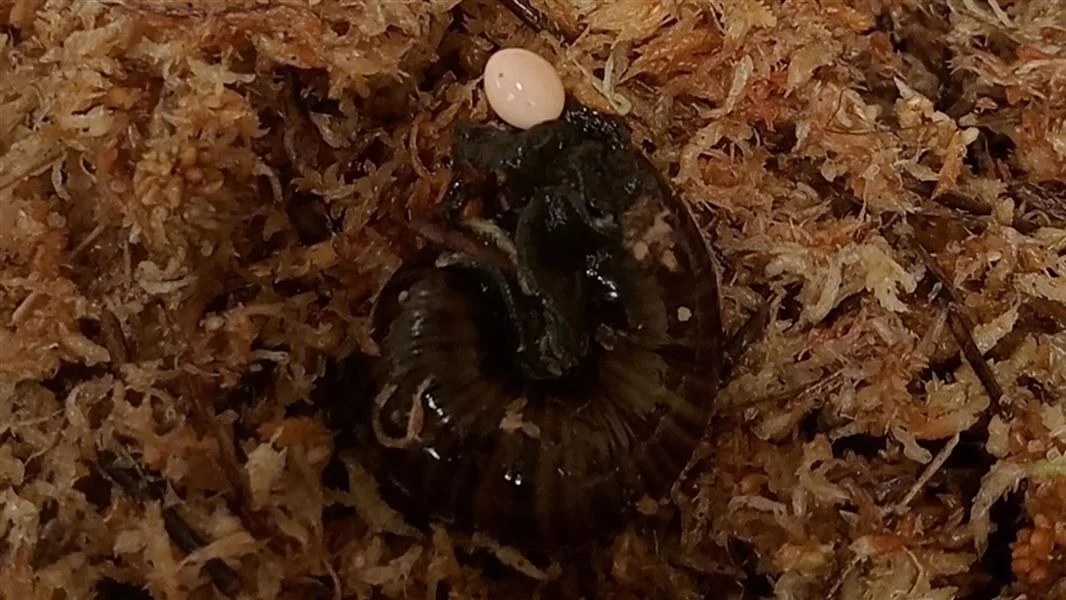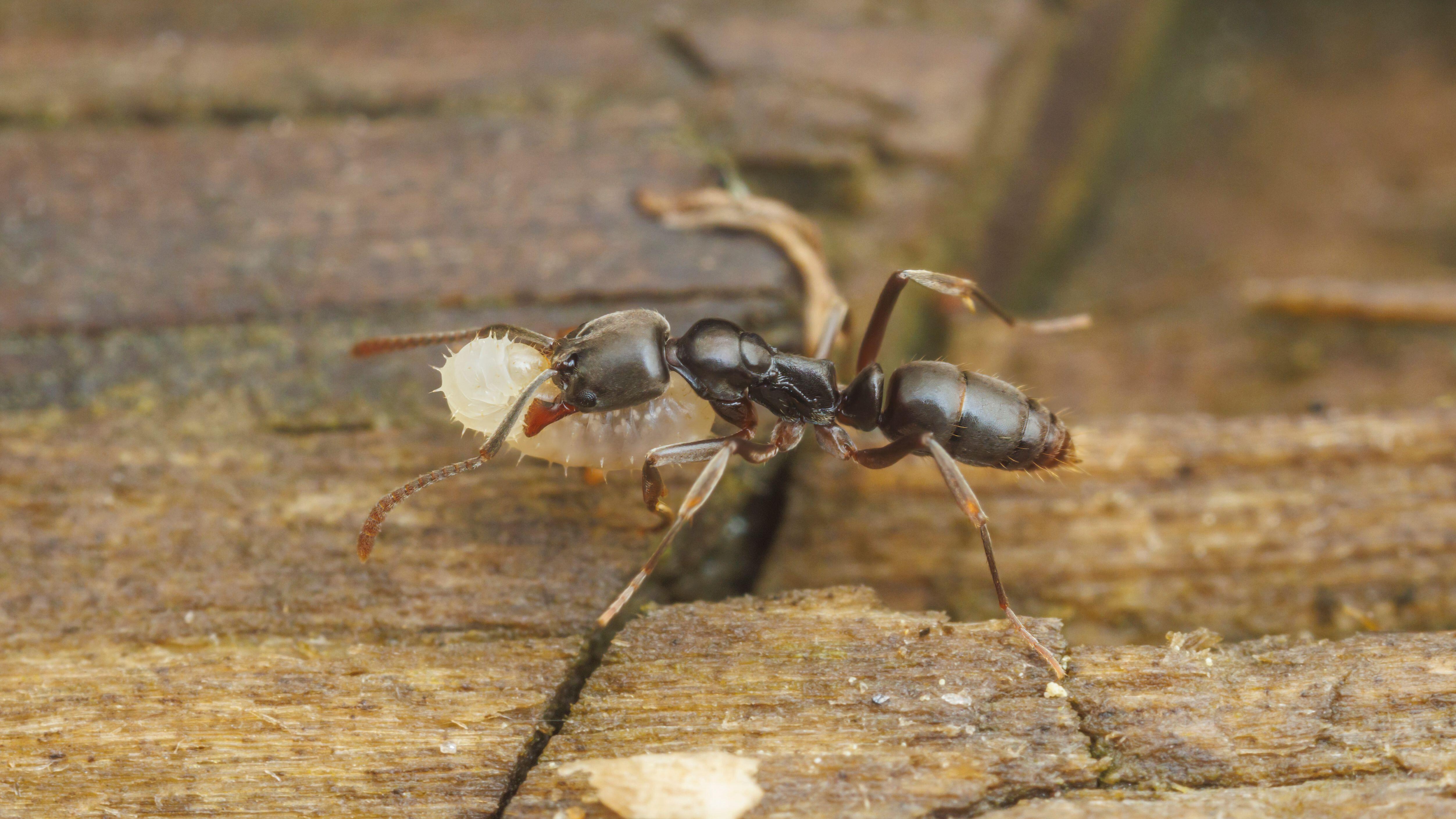New Comet Finding May Alter Theories About Life on Earth
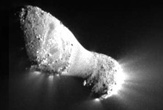
Comets may contain much less carbon than thought, which could rewrite what role they might have played in delivering the ingredients of life to Earth, a new study suggests.
Researchers have detected carbon-loaded molecules in comets in the past, including some simple amino acids, which are considered the building blocks for life. The presence of these organic molecules in comets, as well as the fact that comets regularly strike planets, suggested they might have helped seed our planet with the carbon-based materials needed to form life.
To learn more about the carbon in comets, scientists analyzed wide-field images of comet C/2004 Q2 (Machholz) recorded by the Galaxy Evolution Explorer (GALEX) satellite. They focused on the ultraviolet light shed by the envelope of dust and gas surrounding the comet's nucleus.
Carbon atoms on comets become ionized, or electrically charged, when they are hit by enough energy from the sun. The researchers studied radiation emitted by charged carbon atoms to determine how long it takes most carbon on a comet to become ionized. They found that this process occurs after only seven to 16 days — much more quickly than thought.
This suggests that past research could have overestimated the amount of carbon in comets "by a factor of up to two," researcher Jeff Morgenthaler, a space physicist at the Planetary Science Institute in Tucson, told SPACE.com.
Scientists have known that sunlight can charge carbon. These new results show how much the solar wind — the gusts of electrically charged particles from the sun — also influences carbon in space.
"This had been predicted earlier, but until now no one had quantitatively put all the pieces together and done a measurement that confirmed it," Morgenthaler said.
Sign up for the Live Science daily newsletter now
Get the world’s most fascinating discoveries delivered straight to your inbox.
These findings "could rein in speculation as to what carbon-containing molecules comets might have been contributing to Earth," Morgenthaler said. By rewriting what scientists know of carbon levels in comets, the discovery might also influence models of how these space rocks are formed.
"We are looking for trends in the compositions of comets as a function of their orbital dynamics," Morganthaler said. "Orbital dynamics can tell us something about where comets came from; this research helps provide a clearer picture of what they are made of. Together, they provide a view of the early solar system."
Morgenthaler and his colleagues will detail their findings in the Jan. 1 issue of the Astrophysical Journal.
This article was provided by SPACE.com, a sister site of Live Science.com.

